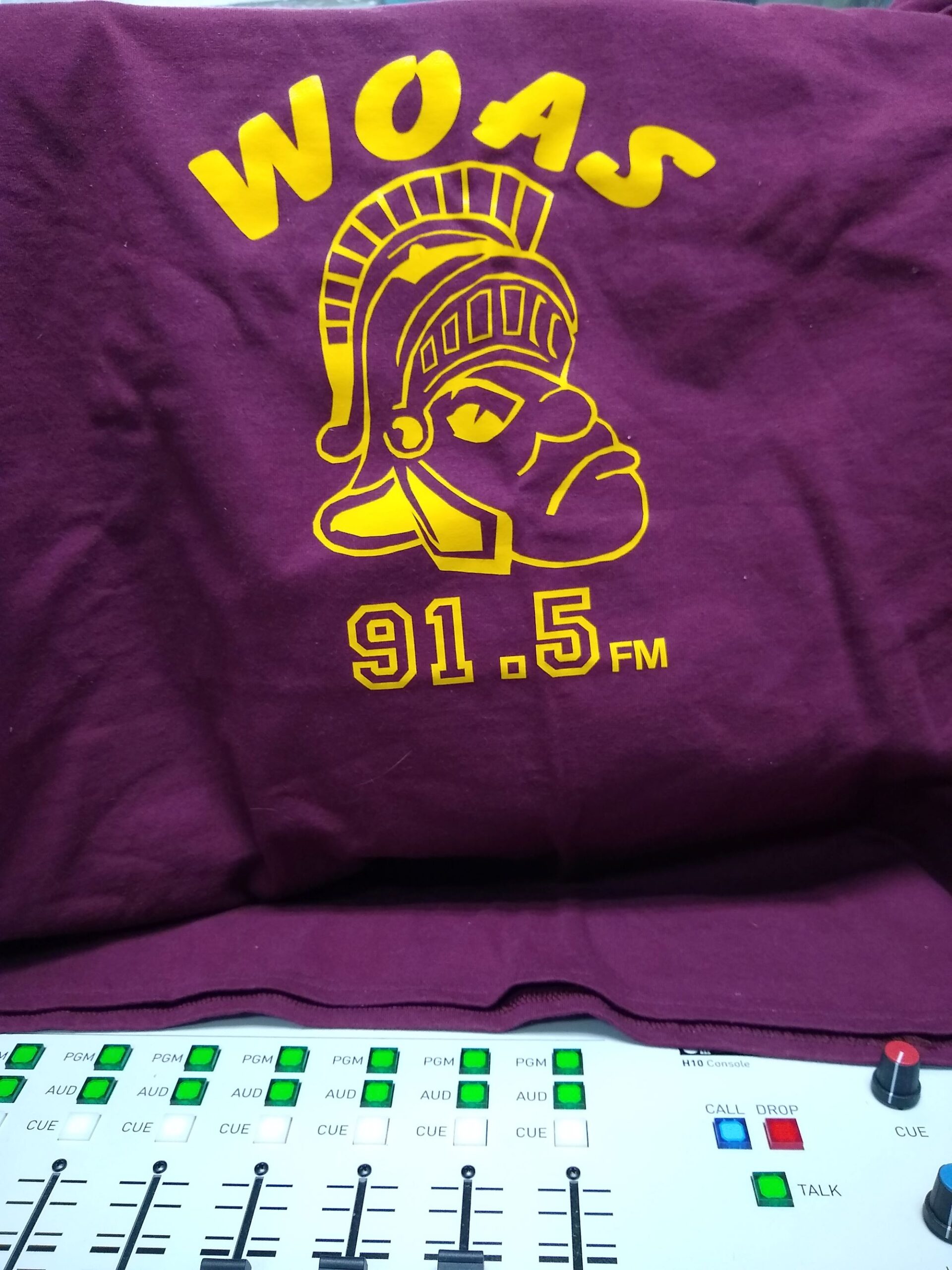AstroCal – December 2024
AstroCal – December 2024
Although the shortest daylight of this year falls on the Winter Solstice – December 21, it will only take a few weeks before the daylight hours begin to slowly lengthen again. I won’t go into my usual complaint about ‘how nice it would be to stay on Daylight Saving Time so the afternoon twilight hours would last at least a little longer.’ That is just how it is – six weeks of long, dark nights might be more than we would prefer, but the payoff comes six months later when we get the maximum amount of daylight hours in June. On the other hand, the extended dark skies are a boon to those who want to get out and observe the surrounding Universe. If you are still hanging on to summer, upi cam still get your last view of the Summer Triangle. This grouping is created by the stars Deneb (in Cygnus, the Swan), Vega, and Altair can still be seen in the west in the early evening before they slip below the horizon for the winter months.
The second of two Full Moons in a month is dubbed a Blue Moon. I do not think there is any such designation for the second New Moon in a month like we will have in December (Dec 1 and Dec 30). A few days after Dec 1, the First Young Crescent Moon of the new cycle should be visible in the SW doing a dance around the brightest object in the sky, Venus. The First Quarter (Dec 8), Full (Dec 15), and Third Quarter (Dec 22) Moons will fall between the bookend New Moons. The Moon will be at Perigee (the closest point to Earth) on Dec 12 (227,025 miles away) and Apogee (the farthest point from Earth) on Dec 24 (251,335 miles away). December 15 will find the Moon rising at its farthest northern point for the year between the ENE and NE.
In the early evening, the previously mentioned bright object Venus (mag -4.2) can be found low in the SW sky at the end of evening twilight. Saturn (mag +1.0) reaches its highest point in the southern sky at the same time of the evening with Jupiter (mag -2.8) holding court low in the ENE. Over the next three hours, Venus will set and Mars (mag -0.5) will rise just after the constellations Orion, the Hunter and Gemini, the Twins. Mars and the Full Moon will have a very close encounter in the Western sky an hour before sunrise on Dec 18.
The four brightest ‘stars’ in the sky (Venus, Jupiter, Sirius (mag -1.5) and Mars will all be visible in the sky at the same time, but not until mid-December. On Dec 11, Mars will rise in the East just before Venus sets in the West. Your Astronomical Challenge for this month is to see if you can find the earliest date Venus, Saturn, Mars, and Jupiter will all be visible in the sky at the same time.
Mars is experiencing early spring so the Red Planet’s CO2/water ice cap will appear large and bright as the North Polar Hood (cloud cover) clears. As a Superior planet (one orbiting farther from the Sun than the Earth), Mars will begin retrograde motion on Dec 6 as the Earth ‘passes’ Mars. This shift in apparent motion usually happens a couple of months before a planet reaches a position opposite the Earth from the Sun (naturally called ‘opposition’). Jupiter reaches opposition on Dec 6-7 when it will also be the closest to Earth (making it a prime time for observing the Gas Giant).
Saturn’s Rings are tipped 5 degrees from edgewise and this angle will decrease to 3 degrees by the new year. Our view of them will be directly edge-on from March 23 to May 6, 2025. Look for Mercury in the East 40 minutes before sunrise starting at mid-month. The red star Antares in Scorpius, the Scorpion will be just to the right of Mercury so perhaps it will help you find the Sun’s nearest planetary neighbor as it brightens from mag +1.2 to -0.4 as the month progresses. On Dec 28, 40 minutes before sunrise, the Old Crescent Moon will look like the red star Antares is sitting on its upper horn if that also helps you locate the Eye of the Scorpion.
We will jump deeper in the past for our historical astronomical event this month to prehistoric times. When my students used to ask, ‘What was the oldest astronomical observation?” I used to tell them (tongue firmly planted in cheek), “When Ugluk the caveman first pointed at the sky and said ‘Unnggg’to impress his fellow cave dwellers.” We now know people have found 30,000-year-old paintings of astronomical events on the walls of caves. These, then, would be considered the oldest astronomical observations recorded by humans. Unfortunately, no words (or ‘Unnggg’s) were recorded with the pictures.
Compiled by Ken Raisanen of WOAS-FM – information provided by Abrams Planetarium Sky Calendar, Michigan State University. More information and subscription information can be found on their website at http://abramsplanetarium.org/skycalendar/ or on X (formerly Twitter) at http://twitter.com/AbramsSkyNotes. Yearly subscriptions cost $12 and can be started anytime.
Top Piece Video – Starbuck singing about Moonlight back in 1976 . . .
